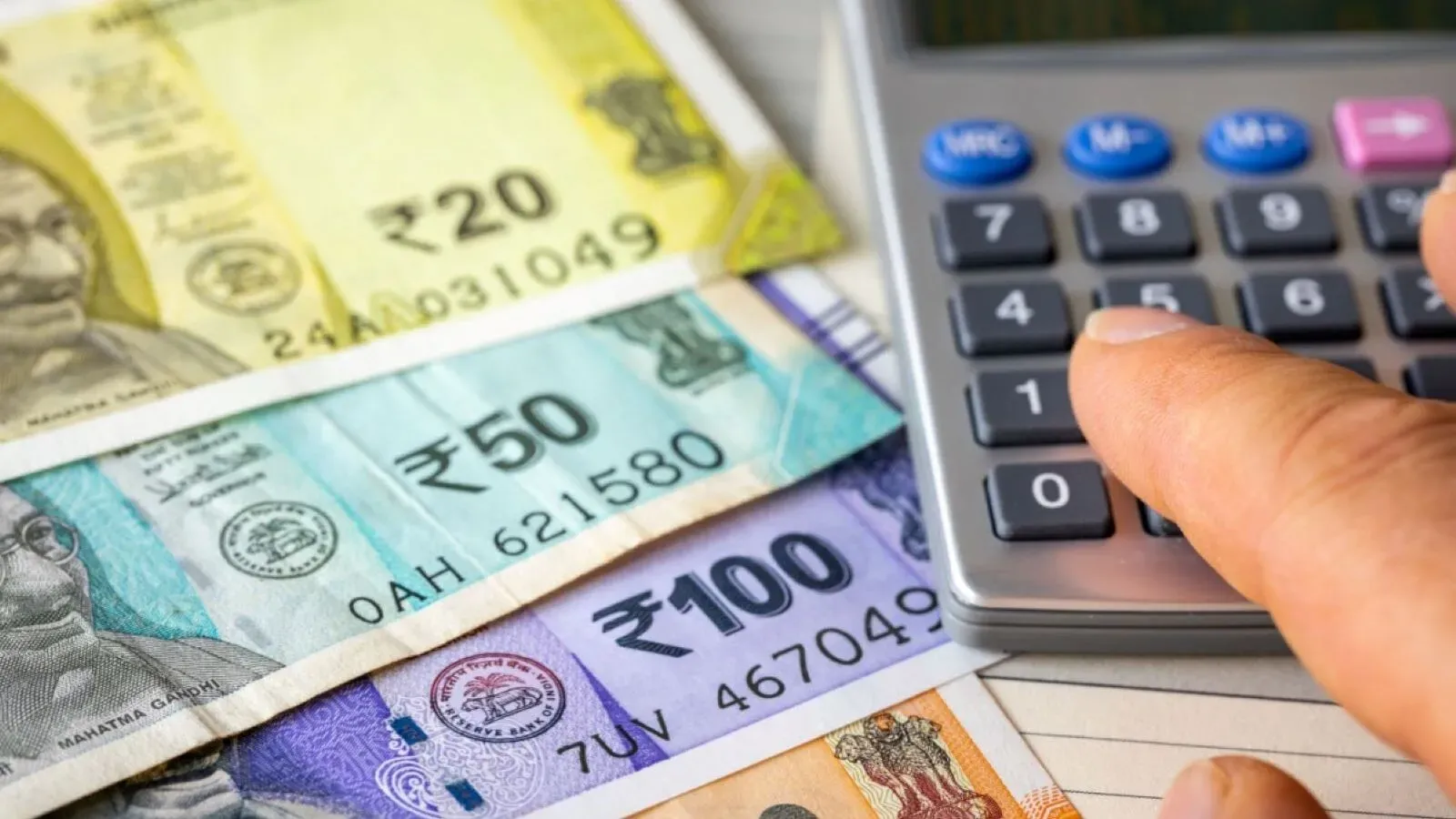Personal Finance News
What is Fixed Deposit laddering, and how can it help you amid falling interest rates?

4 min read | Updated on November 06, 2025, 17:58 IST
SUMMARY
FD laddering is a simple process; you just need to determine your financial goals and divide your available funds accordingly. Every six months, or every year (based on the tenures you choose), you can decide if you need to spend the money or if you can reinvest it.

FD interest rates have been falling in line with repo rate cuts.
Fixed Deposits offer low risk and moderate returns. However, the FD interest rate cuts in 2025 have made many investors rethink their financial planning and strategy.
So far this year, most banks have reduced their FD interest rates by 30-70 basis points (bps) in line with repo rate reductions since February, an SBI Research report revealed recently. Different banks have introduced varied rate cuts across tenures.
Amid falling rates, you may try laddering your fixed deposits to make the most from them. Let’s explore how FD laddering works.
FD laddering
Fixed Deposit (FD) laddering is an investment strategy in which you invest in multiple FDs with different maturity periods and interest rates to have cash flow and higher returns over a single FD.
When you invest in a single FD, you lock your funds at a fixed interest rate for a specific tenure, taking away the flexibility. On the other hand, when you divide your funds across various tenures, you will have a certain amount of money that you can access earlier, and a bigger amount that will earn higher interest over the long run.
You will build a ‘ladder’ like structure from your FDs, where one FD will mature every 6 months/1 year (or depending on your financial goals). This will allow you to access cash in the short term and the opportunity to reinvest that money if needed, while the FDs with a longer maturity period will continue to grow.
- FD 1: ₹2 lakh with 1-year tenure
- FD 2: ₹2 lakh with 2-year tenure
- FD 3: ₹2 lakh with 3-year tenure
| Year End | FD A (₹2 L) | FD B (₹2 L) | FD C (₹2 L) | Action Taken |
|---|---|---|---|---|
| Start (Year 0) | 1-year FD @ 6.5% | 2-year FD @ 6.7% | 3-year FD @ 7.0% | Create staggered deposits |
| Year 1 | Matured | 1 year remaining | 2 years remaining | Reinvest FD A into new 3-year FD @ 7.2% |
| Year 2 | 2 years remaining | Matured | 1 year remaining | Reinvest FD B into new 3-year FD @ 7.3% |
| Year 3 | 1 year remaining | 2 years remaining | Matured | Reinvest FD C into new 3-year FD @ 7.4% |
After your first FD matures in a year, you can use that money (if required) or reinvest it in a new FD at the current rate. Every year, you will have liquidity (as one FD will mature each year), and a part of your funds will keep on growing.
FD laddering is a simple process; you just need to determine your financial goals and divide your available funds accordingly. Every six months, or every year (based on the tenures you choose), you can decide if you need to spend the money or if you can reinvest it.
How can FD laddering benefit you?
Further, interest rates change over time, so when one of your FDs matures, you will have the chance to reinvest it at a higher rate if the current rates are better than the ones you originally invested at. In case returns fall, only a part of your money will be invested at lower rates, increasing your overall chances of earning more.
Why have FD interest rates fallen?
FD interest rates have been falling in line with repo rate cuts. When the RBI lowers the key interest rate (repo), borrowing becomes cheaper for banks. While banks lower their lending rates as well, they also lower FD rates as they no longer need to offer high rates to their customers for their money.
The Reserve Bank of India (RBI) has cut the repo rate by 100 basis points (bps) this year, reducing the rates thrice in its monetary policy committee (MPC) meetings in February (25 bps), April (25 bps) and June (50 bps).
The RBI has kept the repo rate unchanged in its last two MPC meetings (August and October).
Related News
By signing up you agree to Upstox’s Terms & Conditions
About The Author
Next Story



